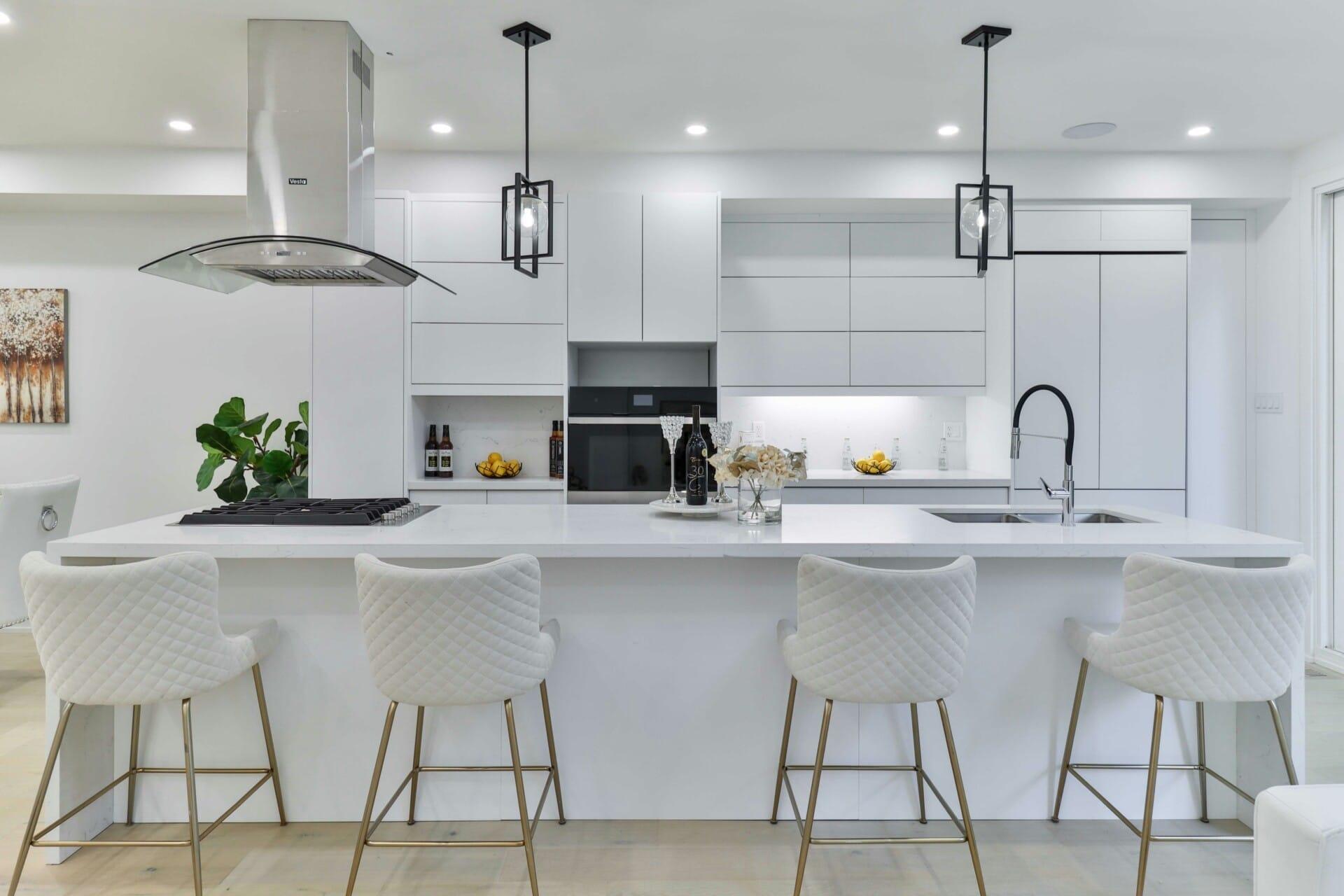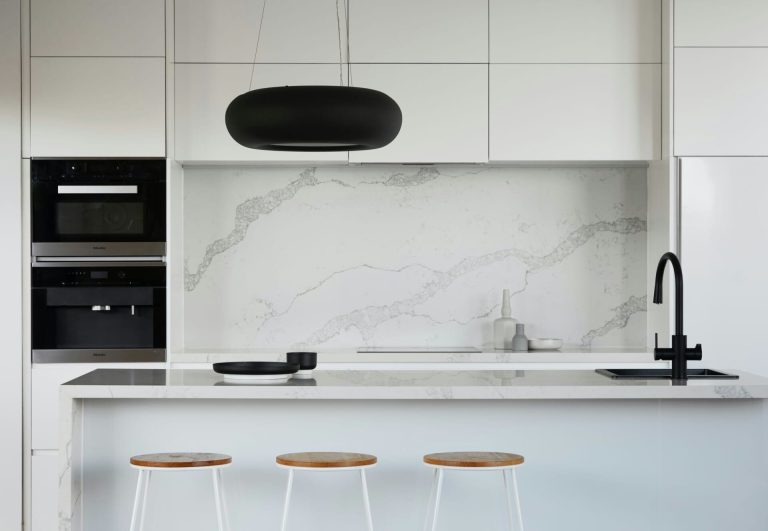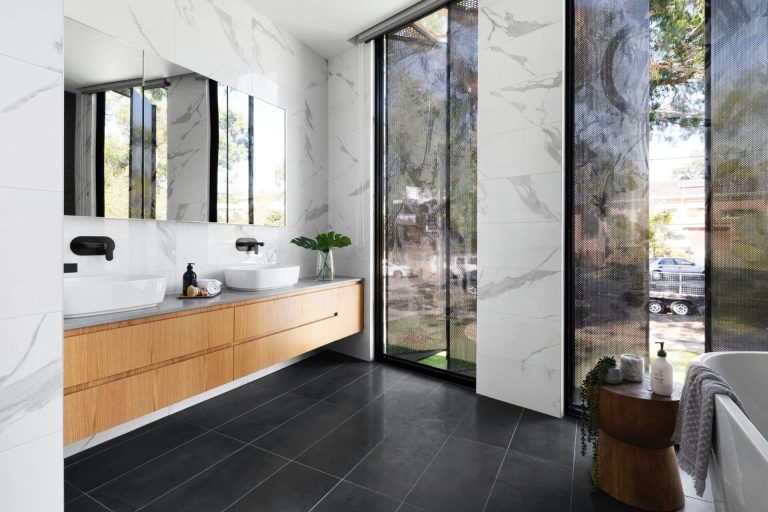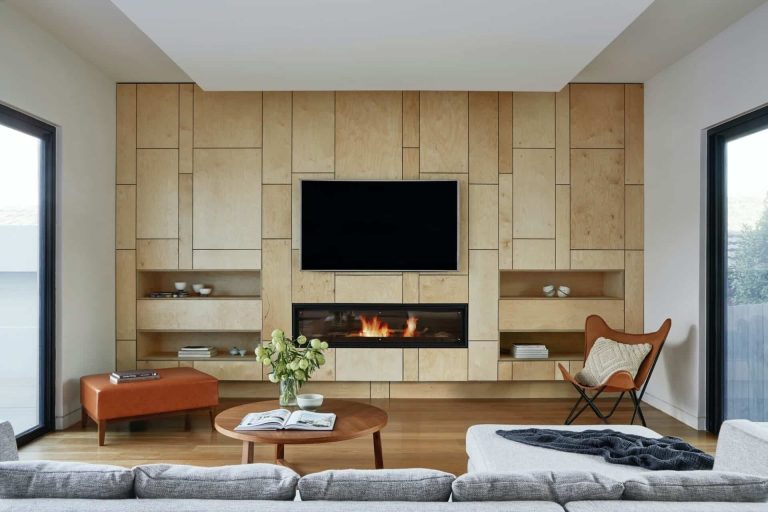How to Save on Home Construction Costs Without Sacrificing Quality
Building a home is often considered one of life’s most significant investments, a dream draped in hopes and aspirations. Yet, as the blueprints take shape and the foundation begins to settle, the reality of construction costs can loom heavily in the minds of homeowners and builders alike. Balancing the desire for quality with the necessity to stay within budget can feel daunting, leading many to question whether they must sacrifice one for the other. However, finding harmony between these seemingly opposing forces is not only possible; it can also lead to a smarter, more strategic approach to home construction.
In this article, we’ll explore practical strategies and innovative ideas for cutting costs without compromising the integrity or quality of your dream home. From smart material choices and strategic planning to harnessing the power of technology and skilled craftsmanship, we’ll guide you through the essential steps to ensure that saving money doesn’t equate to sacrificing your vision. Join us as we navigate the complex terrain of home construction, uncovering the secrets to building a beautiful, durable, and economical home that reflects both your style and your budget. Embrace the journey of creating a sanctuary that is not only a haven for your family but also a testament to mindful spending and thoughtful design. Dive into our comprehensive guide and discover how you can construct your dream home without breaking the bank.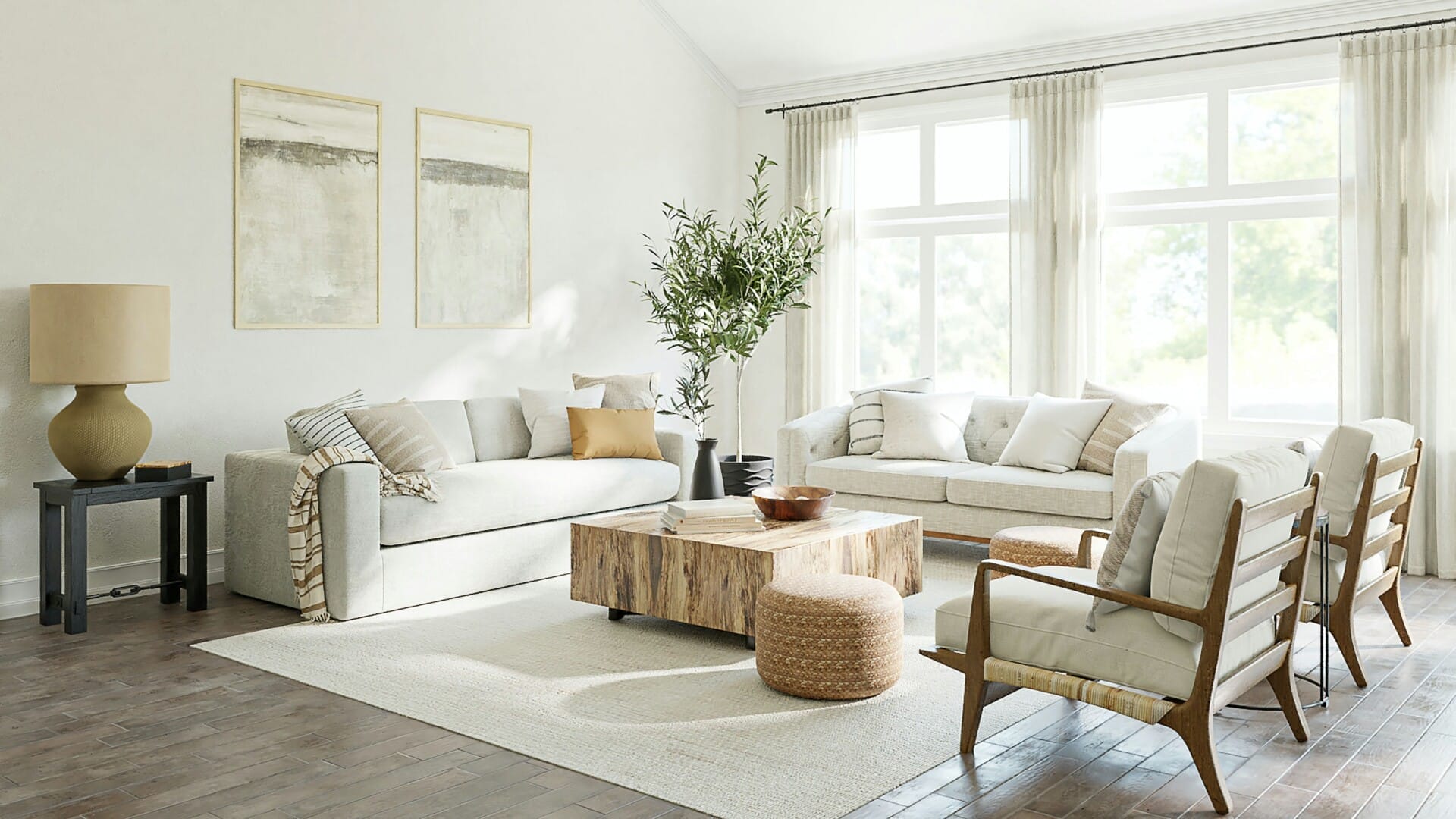
Strategies for Smart Budgeting in Home Construction
When embarking on home construction, strategic planning can significantly affect your overall spending. Begin by establishing a clear and realistic budget. This is your foundation—contingency funds should be included, typically around 10-15% of your budget, to cover unexpected costs. Research local building codes and zoning regulations to avoid unnecessary fines and modifications. A thorough understanding of these regulations can help you design within the parameters available, ultimately reducing costs.
Next, prioritize your wish list. Determine what aspects of your home are non-negotiable and where you can compromise. For instance, modular designs can save time and money by utilizing pre-fabricated components that are cost-effective without sacrificing quality. Consider involving an architect early in the process—while it may seem like an additional expense, their expertise can help you avoid costly mistakes later. Engage with contractors who can provide bulk discounts on materials, or explore alternative materials that still meet your quality standards while being less expensive.
Regularly monitor your budget throughout the construction process. Keeping detailed records can help identify areas where you might overspend or where you can make adjustments to stay on track. A simple budgeting table can help visualize your expenses:
| Expense Category | Budgeted Amount | Actual Amount | Difference |
|---|---|---|---|
| Site Preparation | $5,000 | $4,500 | +$500 |
| Materials | $20,000 | $22,000 | -$2,000 |
| Labor | $15,000 | $14,000 | +$1,000 |
| Utilities Installation | $3,000 | $2,800 | +$200 |
This transparency allows you to remain proactive, providing opportunities to pivot and adjust as needed, ensuring that quality doesn’t take a backseat to cost-cutting measures.
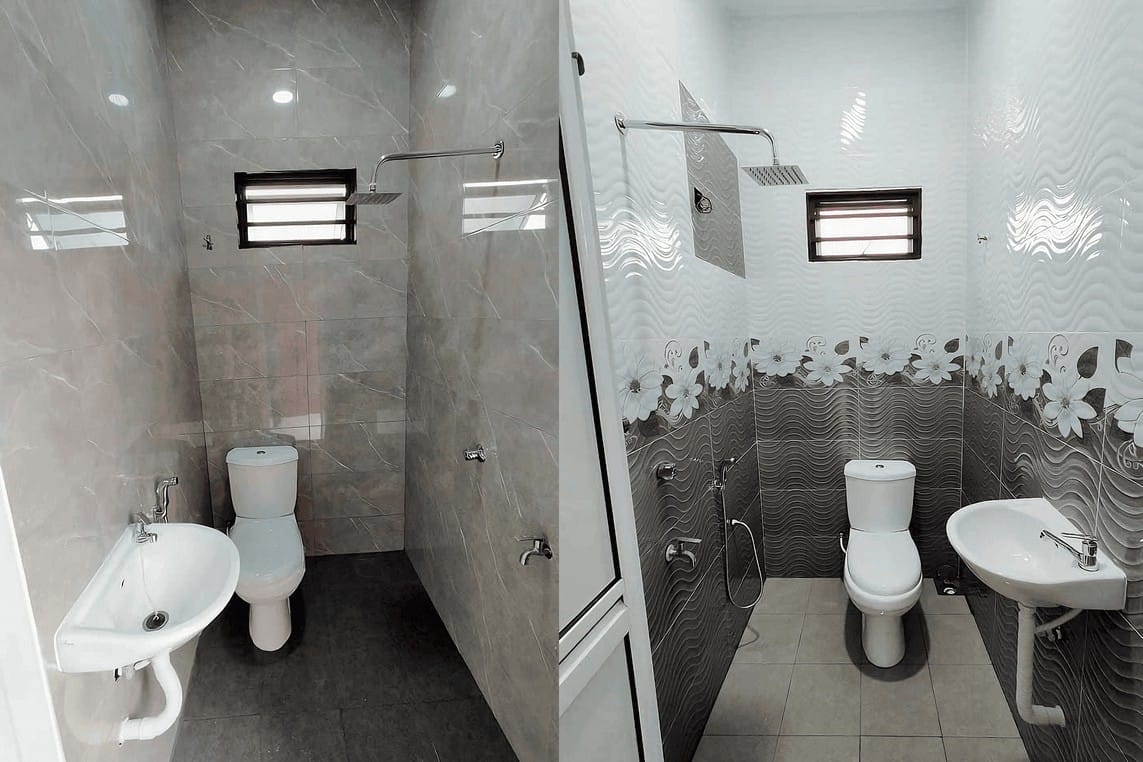
Choosing Cost-Effective Materials Without Compromising Durability
When embarking on a home construction project, selecting the right materials can significantly influence both your budget and the longevity of your structure. Instead of defaulting to high-end options, consider alternative materials that maintain durability while being cost-efficient. For instance:
- Bamboo: A sustainable choice that’s not only strong but also versatile for flooring and decorative features.
- Reclaimed Wood: Incorporates character into your design while reducing waste and cutting costs on lumber.
- Steel Framing: A durable option for the structural framework of homes, it often requires less maintenance than traditional lumber.
Another effective strategy is to explore local sourcing options. Materials sourced locally not only reduce transportation costs but can also provide unique, regionally significant choices that enhance your home’s aesthetic. Consider the following options for local procurement:
| Material | Local Source Benefit |
|---|---|
| Bricks | Local brick manufacturers often have specialty designs. |
| Stone | Locally quarried stone can add stunning natural features. |
| Concrete | Using regional suppliers can result in significant savings. |
don’t shy away from innovative composites that blend traditional materials with modern technology to enhance performance while being budget-friendly. These composites often provide superior durability and resistance without the heftier price tag of their full-material counterparts. Look into options like:
- Fiber Cement Siding: Offers the look of wood without the maintenance or expense.
- Vinyl Flooring: Durable and available in numerous styles, it mimics wood or tile at a fraction of the price.
- Composite Decking: A long-lasting alternative to wood that is resistant to fading, splintering, and insects.
Streamlining Your Design to Maximize Efficiency and Savings
When it comes to home construction, a streamlined design can make all the difference in managing costs while maintaining quality. By focusing on simplicity in your architectural plans, you can reduce both construction time and labor expenses. Consider adopting a minimalist approach, which not only looks modern but also minimizes waste and the need for complex scaffolding or specialized labor. This can lead to significant savings without compromising aesthetic appeal.
Another effective strategy is to incorporate standardized materials and dimensions into your design. Using common materials can lower costs as they tend to be more readily available and less expensive. Here are a few tips for material selection:
- Opt for off-the-shelf products: They often offer the same quality as custom builds but at a fraction of the cost.
- Choose locally sourced materials: This reduces transportation costs and supports your local economy.
- Incorporate energy-efficient materials: While these may come with a higher upfront cost, they can substantially lower utility bills in the long run.
Furthermore, aligning your construction timeline with off-peak seasons can yield significant savings. Labor rates often fluctuate based on demand. To illustrate this, consider the following table which outlines potential savings based on different timelines:
| Season | Labor Cost (per hour) | Potential Savings |
|---|---|---|
| Spring | $25 | 0% |
| Summer | $30 | -20% |
| Fall | $28 | -12% |
| Winter | $22 | +12% |
By planning your construction during off-peak times, you can secure lower rates and ensure that your project remains within budget. Each of these strategies not only enhances efficiency but also allows you to allocate savings toward other high-quality finishes that truly elevate your home. Embracing smart design principles will empower you to achieve your dream space without overspending.
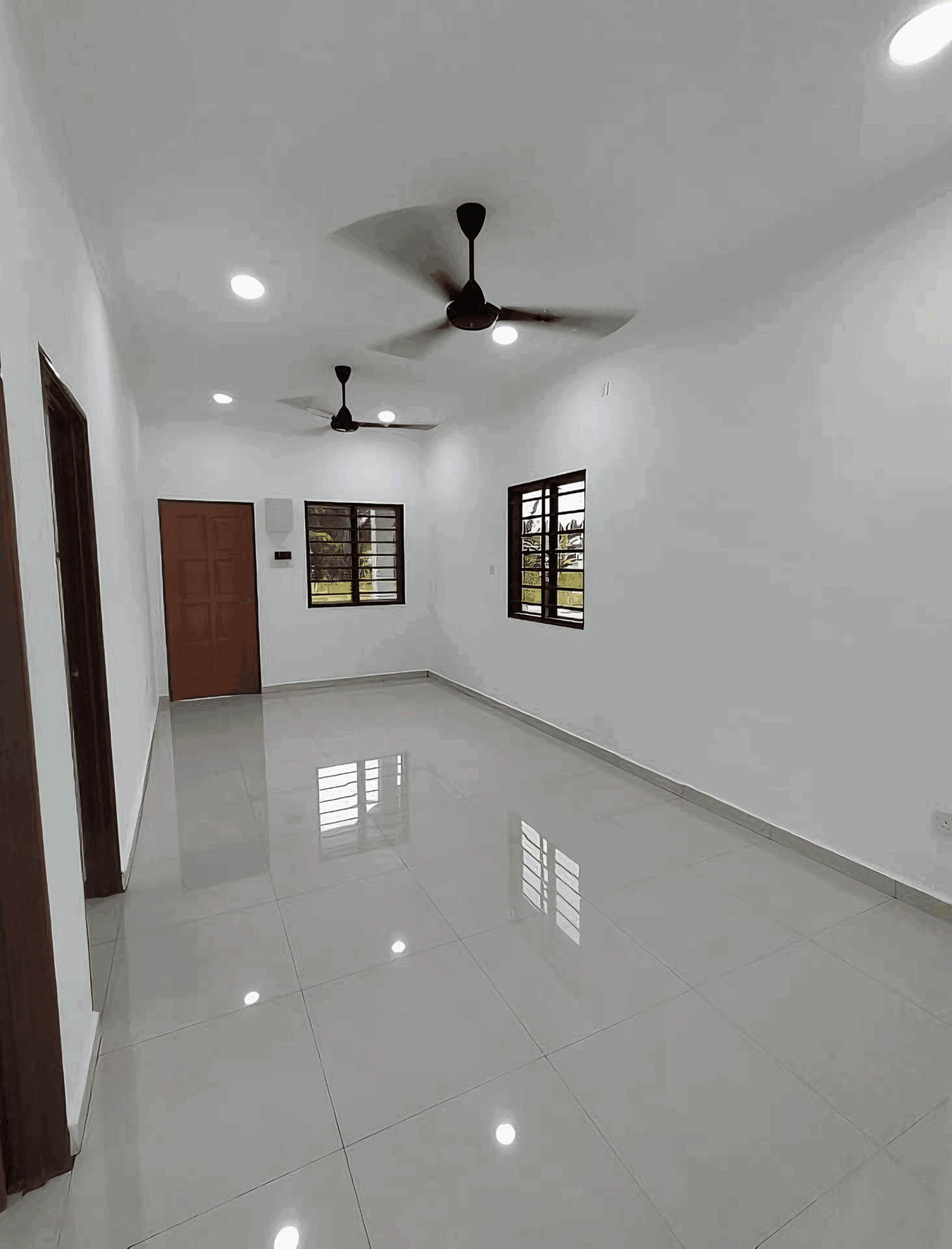
Partnering with Skilled Professionals for Quality Worksmanship at a Fair Price
Collaborating with skilled professionals is essential for achieving quality craftsmanship in home construction projects. By choosing contractors, architects, and designers with a proven track record, homeowners can ensure that their vision is realized with the utmost attention to detail. Skilled professionals not only bring experience but also innovative solutions that can enhance the overall design without inflating costs. These experts are adept at balancing aesthetics with functionality, ensuring that each element of your home serves a purpose while maintaining visual appeal.
To maximize value, consider establishing long-term relationships with reliable tradespeople. A consistent partnership can lead to significant savings through negotiated rates and a comprehensive understanding of your preferences. When hiring professionals, look for those with a strong portfolio and positive client testimonials, as this can provide assurance of their quality. Fostering open communication about your budgetary constraints allows these experts to suggest alternatives that fit your needs while still delivering exceptional results.
Additionally, collaborating with skilled professionals opens doors to efficient project management. Effective supervision ensures that materials are sourced at competitive prices, and timelines are adhered to, minimizing costly delays. To illustrate this point, here is a simple breakdown of potential savings when working with experienced specialists versus less established options:
| Service | Experienced Professional | Less Established Option |
|---|---|---|
| Cost Estimation | Accurate (±5%) | Variable (±15%) |
| Quality Assurance | High | Moderate |
| Timely Completion | On Time | Frequent Delays |
Investing in the right professionals can lead to superior quality at a fair price, ultimately proving to be a cost-saving strategy for your home construction project. When quality is not compromised, it’s a win-win for everyone involved.
Q&A
Q&A: Strategies to Save on Home Construction Costs Without Sacrificing Quality
Q1: What are some initial steps I can take to reduce construction costs before breaking ground?
A1: The foundation of cost-saving begins with thorough planning. Start by setting a clear budget and outline your must-haves versus nice-to-haves. Engage with a reputable architect or designer who can help you prioritize your desires and suggest cost-effective alternatives. Consider the size and complexity of your design; simpler layouts often result in lower costs. Also, consider obtaining multiple quotes from contractors to ensure you’re getting a competitive price.
Q2: How can I make smart choices about materials without compromising on quality?
A2: Quality materials are essential, but you don’t have to skimp on aesthetics or durability. Research alternative building materials that provide a similar look and function at a lower cost. For instance, engineered wood can be a cost-efficient substitute for solid hardwood. Don’t shy away from buying materials in bulk or during sales. Local suppliers may have discounts on overstock items or last season’s colors and styles. Remember, thoroughly vet the quality so you can achieve both savings and longevity.
Q3: Are there any significant design choices I can make to save money?
A3: Absolutely! Opt for a design that suits the local climate and topography, as this can reduce costs associated with modifications or specialized construction techniques. Keeping the footprint of your home simple, such as avoiding excessive corners or elevations, can lead to significant savings. Furthermore, incorporating energy-efficient designs like proper insulation and passive heating needs less reliance on costly heating and cooling systems in the long run.
Q4: Should I consider DIY approaches, and if so, where can I contribute?
A4: DIY can be a fantastic way to save if you have the skills and time. Tasks such as painting, landscaping, or even simpler finish work can cut costs significantly. However, be cautious—some jobs, especially those that impact structural integrity or electrical work, are best left to professionals. Identify areas where you have expertise or comfort, and don’t hesitate to ask family or friends for help, turning a cost-saving effort into a fun group project.
Q5: How can I effectively manage the construction timeline to save money?
A5: Time is money in construction! Establish a detailed timeline and stick to it, allowing for potential delays. Use project management tools to track progress and communication with your contractors to address issues quickly. The more efficient the workflow, the less likely you are to incur additional fees due to delays or overtime. Scheduling deliveries of materials ahead of time may also prevent costly holdups.
Q6: What should I keep in mind regarding contractor selection to ensure value for money?
A6: When selecting a contractor, don’t automatically go for the cheapest bid. Instead, seek a balance of experience, quality of past work, customer reviews, and price. A well-established contractor may charge slightly more but can save you money in the long run by avoiding costly mistakes or delays. Ensure there’s a good fit in communication and transparency; open lines can lead to more effective project management and fewer unexpected costs.
Q7: Lastly, what strategies can I implement post-construction to maintain the value of my investment?
A7: After construction, maintaining your home is just as vital as saving on building costs. Regular upkeep, like proper maintenance of HVAC systems, roofs, and plumbing, can prevent larger, more costly repairs down the line. Incorporate energy-efficient systems to lower utility bills, and consider routine check-ups for any potential wear and tear. Keeping your home in top shape not only preserves its quality but also protects your investment over time.
Wrapping Up
In the intricate dance of home construction, balancing cost and quality can often feel like walking a tightrope. However, with the right strategies and a thoughtful approach, it’s entirely possible to build your dream home without breaking the bank. From careful planning and smart material choices to leveraging the expertise of skilled professionals, each step plays a crucial role in cultivating a space that reflects your vision while honoring your budget.
As you embark on this journey, keep in mind that saving costs doesn’t mean compromising on integrity or aesthetics. By prioritizing sustainable practices and embracing innovative solutions, you can achieve a harmonious blend of affordability and excellence. So approach your project with creativity and resourcefulness, and remember that a well-constructed home is not simply a structure, but a foundation for memories, a sanctuary for loved ones, and a testament to your aspirations.
it’s not just about constructing a house; it’s about crafting a future. With these insights in hand, you’re now equipped to make informed decisions that will lead you to a gratifying build that stands the test of time—both in quality and in cost-effectiveness. Happy building!
